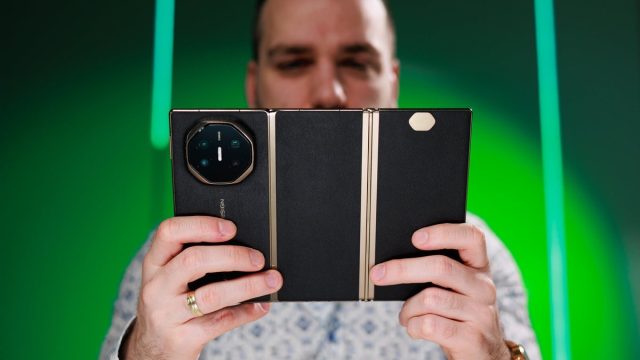
The EUV lithography machine is the most responsible for taking chip production from the 10nm process node to the 2nm node that leading foundries are using to manufacture their most advanced chips this year. The lower the node, the smaller a chip’s feature set including transistors. This means that as process nodes shrink, more transistors can fit inside a chip making the component more powerful and energy-efficient.
EUV lithography machines are important in this regard because they allow circuitry patterns to be printed on silicon wafers with lines thinner than human hair. These patterns need to be extremely thin so that an application processor (AP) can be accurately built to design and accommodate billions of transistors. There is only one company in the world that makes the EUV lithography machine and that is Dutch company ASML which has been banned from shipping these machines to China by the US and the Netherlands where the firm is hedquartered.
We should point out that Chinese companies, including SMIC, have been able to still purchase older DUV (Deep Ultraviolet) lithography machines which can support manufacturing of 7nm chips which is pretty much where SMIC and Huawei are stuck for now. However, there are always rumors about a breakthrough technology that would allow China to build an EUV lithography machine.
The latest rumor involves a team from the Chinese Academy of Sciences’ Shanghai Institute of Optics and Fine Mechanics. This team is led by Lin Nan who worked at ASML as head of light source technology. Looking to build its own EUV lithography machine, the group that Lin worked with was able to create an EUV light source platform that is competitive with the 13.5-nanometer wavelength used with EUV lithography machines worldwide.
Such a breakthrough would mean that Chinese foundries like SMIC might soon be able to print circuitry patterns on silicon wafers with more detail without having to use multiple patterning. The latter is a way that some foundries get around their inability to source an EUV lithography machine. It involves breaking up the design of a circuit into simpler patterns that are printed in multiple steps. The problem with this technique is aligning the multiple overlays so they match up perfectly when transferred to the wafer. There is no tolerance for even the smallest misalignment.












